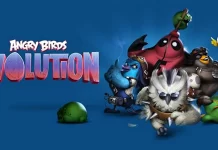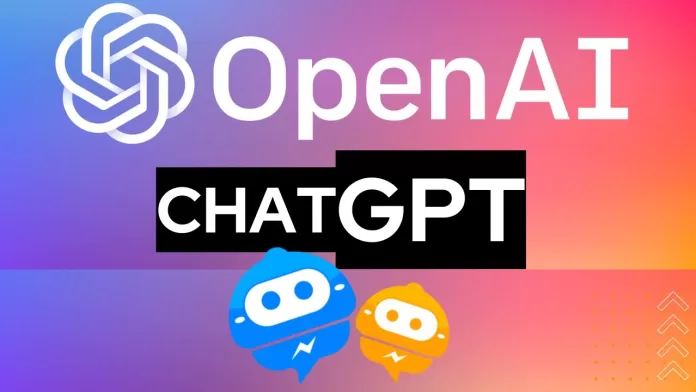ChatGPT is a large language model developed by OpenAI that has been trained on a vast amount of text data and can generate human-like text in a wide range of styles and formats. ChatGPT is based on the GPT-3 (Generative Pre-training Transformer 3) architecture, which is a type of machine learning model that is designed to analyze and classify large datasets of text data.
One of the key features of ChatGPT is its ability to generate text that is similar to human language in terms of grammar, vocabulary, and style. This allows ChatGPT to be used in a wide range of applications, including natural language processing, chatbots, and content generation.
In addition to its language generation capabilities, ChatGPT is also able to perform a wide range of tasks, such as answering questions, summarizing text, and translating between languages. This makes ChatGPT a versatile tool that has the potential to transform many industries and change the way we interact with computers and technology.
One of the main advantages of ChatGPT is its ability to analyze and classify large datasets of text data quickly and accurately. This allows ChatGPT to generate text that is based on patterns and trends in the data, which can be used to improve decision-making, predict outcomes, and identify trends.
[su_note]
You may like:
1. Machine learning vs Artificial Intelligence
2. How Artificial Intelligence is Transforming Industries and the Future of Work
[/su_note]
If you have any questions, feel free to ask in the comments below. I try my best to respond to every comment that comes my way. If for any reason you don’t get a response, feel free to ask me on Twitter, and Facebook, and if you want to follow me on those social media links as well to see different pictures and just talk about different things going on in the tech world.





























